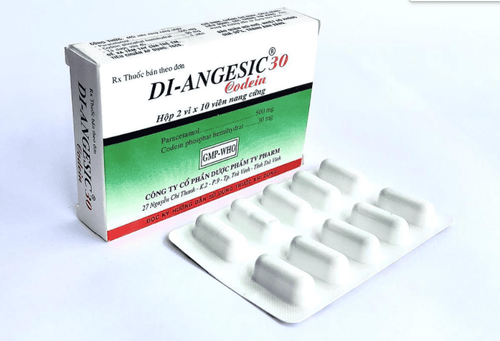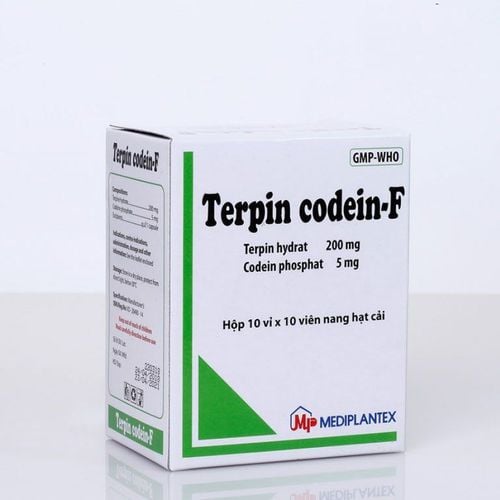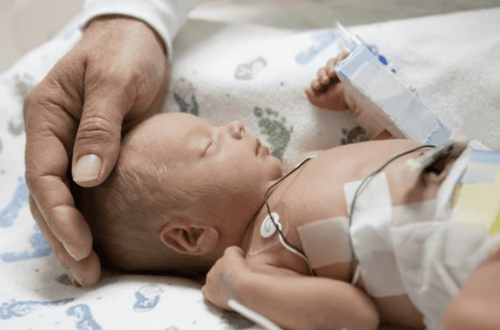This is an automatically translated article.
The article was professionally consulted by Doctor of Pediatrics - Neonatology - Vinmec Nha Trang International General Hospital.Neonatal respiratory failure is a relatively severe and dangerous condition with a high potential for death. Therefore, early recognition of signs of respiratory failure in infants for timely intervention is extremely necessary.
1. What is infant respiratory failure?
Neonatal respiratory distress syndrome can occur in both term and preterm neonates, but is more common in preterm neonates, and may be associated with endocardial disease in preterm neonates. , because the baby's lungs are still not fully developed at birth, leading to a lack of surfactants, reducing the alveolar surface area for gas exchange. Healthy lungs are most important to a newborn's survival. Children with respiratory failure may have difficulty breathing normally.
Respiratory failure can appear immediately after birth or after a period of time when the baby breathes normally (a few hours or a few days), so it is necessary to monitor the baby's breathing rate at least for the first 7 days after birth to detect it promptly. signs of respiratory failure.
2. Neonatal respiratory distress symptoms

Hầu hết trẻ bị suy hô hấp đều có triệu chứng khó thở
Most symptoms of respiratory distress in infants can appear soon after birth, but can also appear only 24 hours after birth. Symptoms of respiratory failure include:
Shortness of breath: rapid breathing > 60 breaths/minute, or shortness of breath less than 30 breaths/minute, shortness of breath due to airway obstruction or exhaustion, exhaustion after a day rapid dyspnea time; The intercostal spaces, the depression on the breast are pulled, the nostrils rise and fall, and the chest retracts from mild to severe; Cyanosis: around the lips, extremities, or generalized cyanosis due to PaO2 in the arterial blood falling below 60 mmHg; Poor feeding In addition to the above main symptoms, respiratory failure also affects:
Cardiovascular: the child's heart rate is disturbed, can be fast >160 beats/minute or slow <100 times/minute, possibly cardiac arrest. if PaO2 falls <30 mmHg. Neurological: the child shows signs of brain hypoxia such as struggling, refusing to suckle, groaning, reducing muscle tone, losing all reflexes, lethargy, convulsions, coma... Acute renal failure, oliguria or unconsciousness. urine. Parents may find these symptoms similar to those of some other illnesses and infections. If you see any of these symptoms in your child, you need to consult a doctor immediately so that the cause can be determined and the necessary interventions taken.

Cha mẹ nên tham khảo ý kiến bác sĩ ngay để có thể xác định nguyên nhân và có các biện pháp can thiệp cần thiết cho trẻ
3. Treatment of neonatal respiratory failure with surfactant pump at Vinmec
Surfactant pump technique in the treatment of respiratory failure in premature infants due to endocardial disease has been implemented at Vinmec Hai Phong and Nha Trang International General Hospitals since April 2019.
Method of pumping surfactant is indicated for premature infants weighing 1500g or more, in the following cases:
Children with acute respiratory distress syndrome: endocardial disease in preterm infants Treatment of respiratory distress syndrome Meconium inhalation aspiration Consider treatment in some cases: Pulmonary hemorrhage, severe pneumonia This approach offers the following clinical benefits to the child:
Improves lung ventilation Increases blood oxygenation Reduces frequency Air leak rate (complications of pneumothorax, pneumothorax, etc.) Reduce mortality and morbidity in children Reduce the rate of serious disability Surfactant pump technique by a team of qualified and experienced doctors Vinmec's high credits are:
Master, Doctor Nguyen Thanh Hung Master, Doctor Huynh Bao Toan Master, Doctor Dang Huy Toan Master, Doctor Doan Ngoc Quynh Tram Master, Doctor Nguyen Hoang The Nhan Surfactant pump technique to be successful requires a high standard of general care. Vinmec is the hospital that achieves these rigorous standards with the highly qualified medical team; drugs are preserved with strict procedures, ensuring quality for the use process; the implementation process is methodical, clear and complete; especially have adequate facilities to support the implementation of difficult techniques such as intubation, use of ventilators, handling respiratory and circulatory emergencies, and handling pediatric patients with pneumothorax.
Please dial HOTLINE for more information or register for an appointment HERE. Download MyVinmec app to make appointments faster and to manage your bookings easily.













